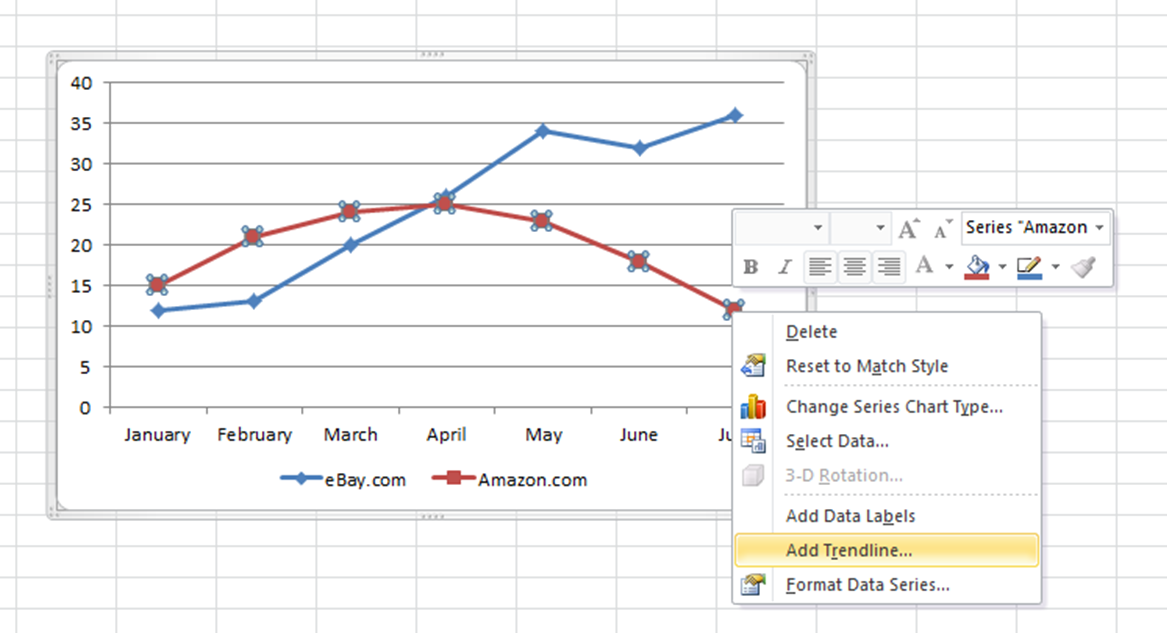

While that is great, it is not so easy to see the limits of the error bars and if you have a lot of data it will be messy. This will give you a chart that looks something like this: Another pop up menu then appears and you can choose the cell range for both the positive and the negative bars. Since my data has a custom standard deviation for each point, I chose custom and clicked on the Specify Value button.

This can be a fixed value, a percentage, a standard deviation or a custom range. You can choose the style and you can choose the amount you wish the bar to show. In the pop up menu that appears, you can either choose to have positive or negative error bars, or both. Then with the series selected, click on Chart Tools > Layout > Error bars > More error bar options. Creating confidence bars in Excel is relatively easy.


 0 kommentar(er)
0 kommentar(er)
